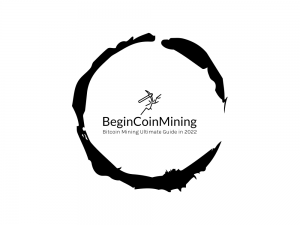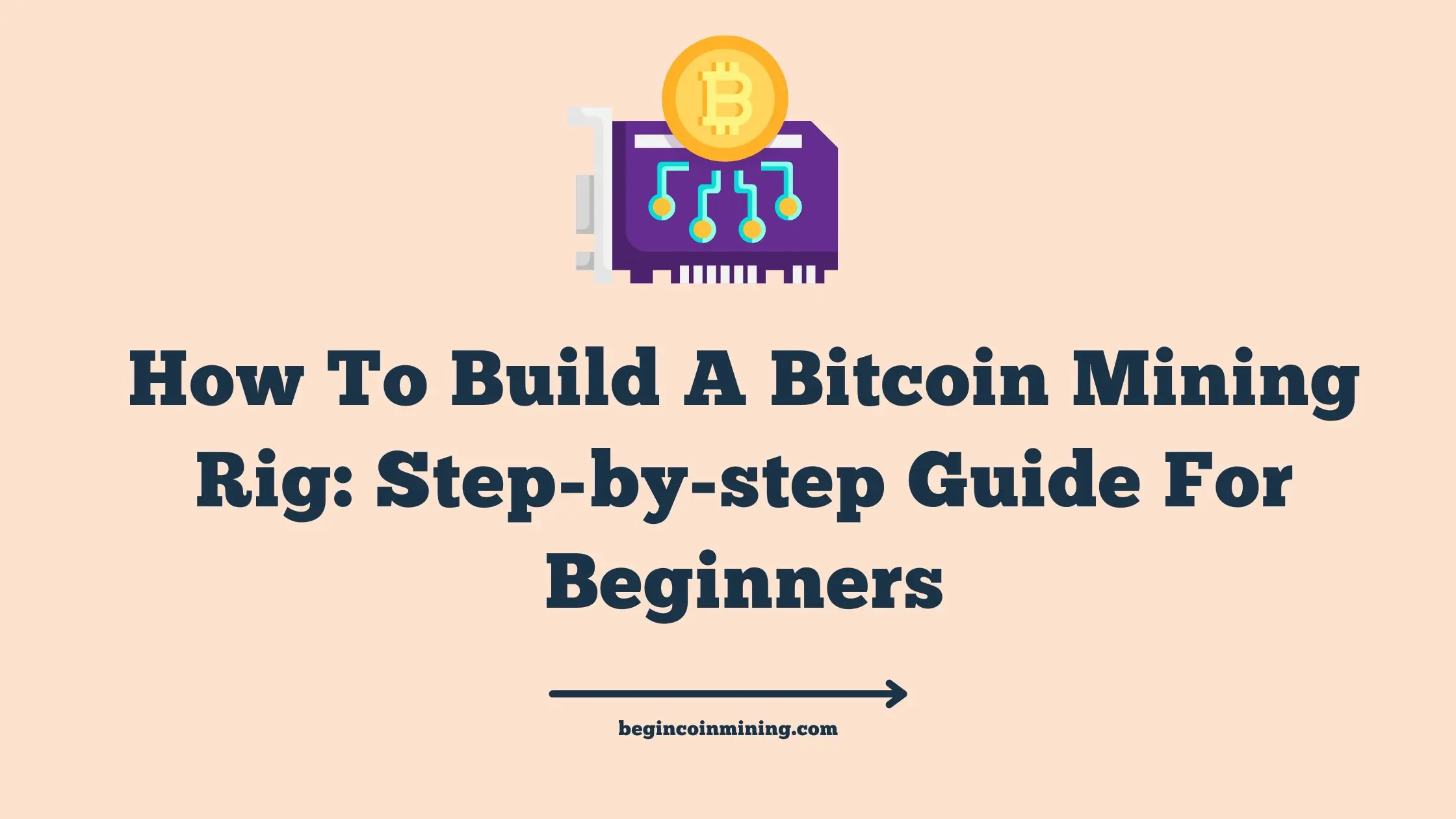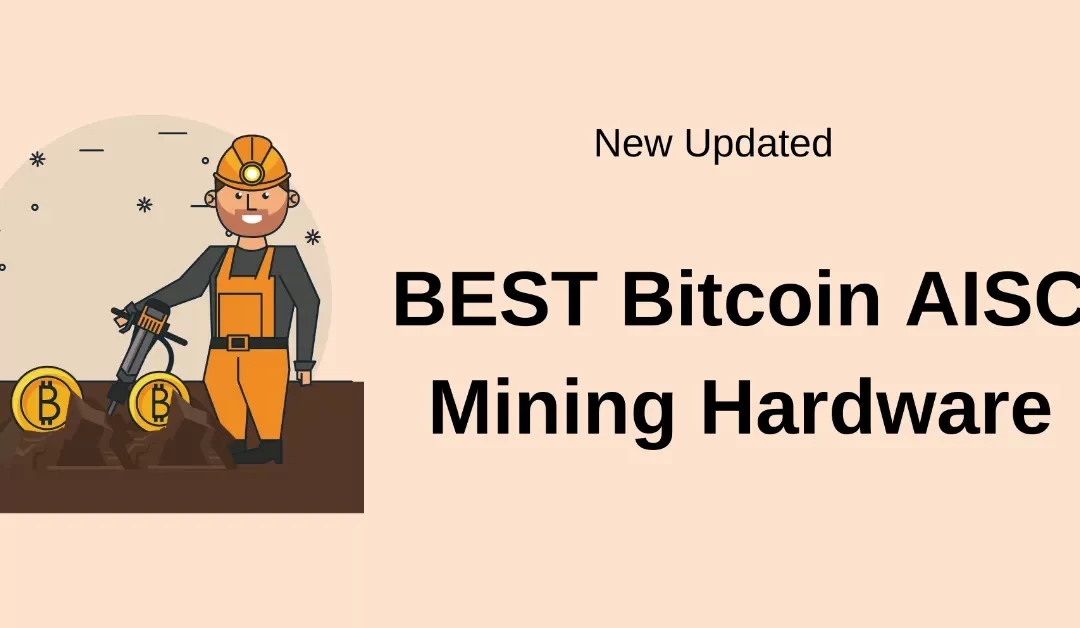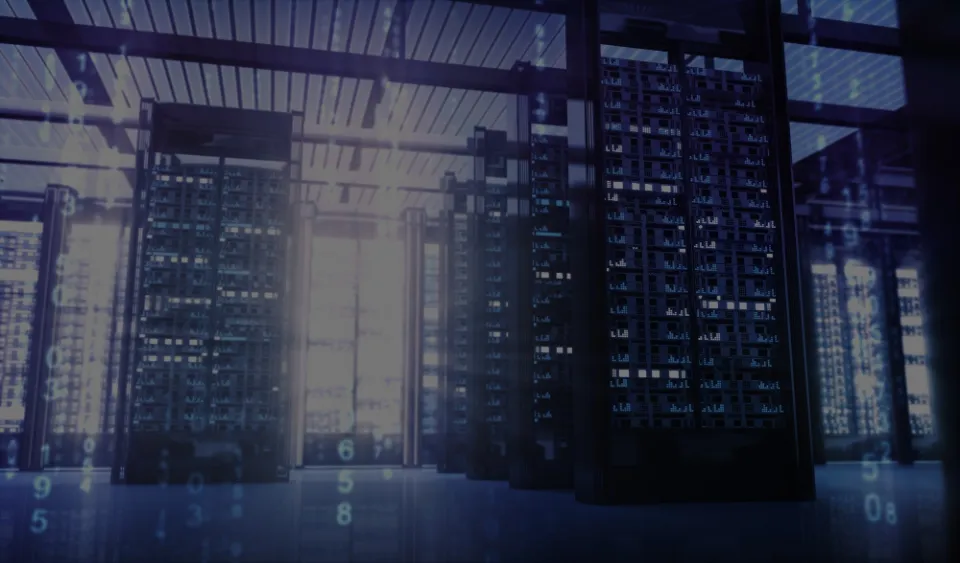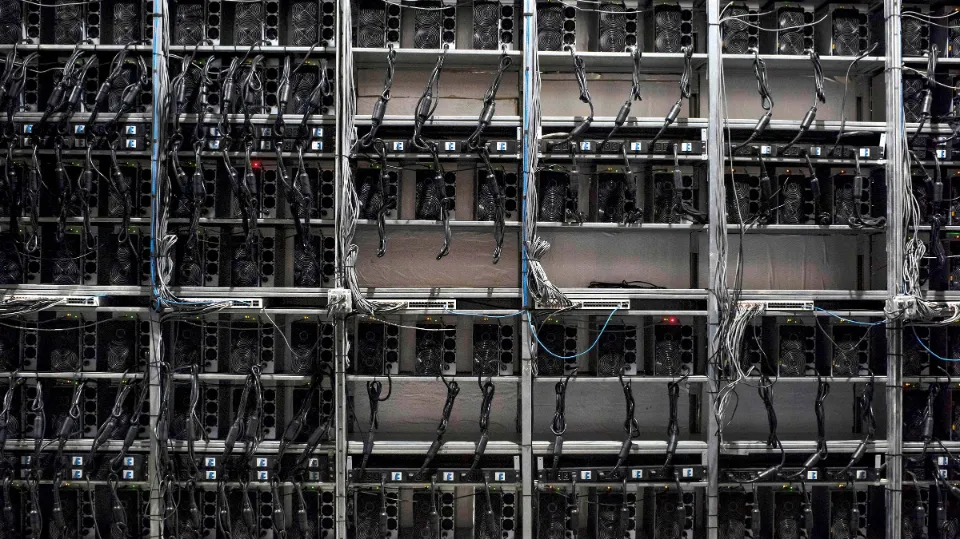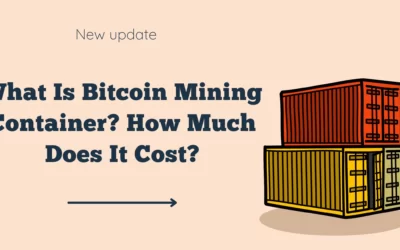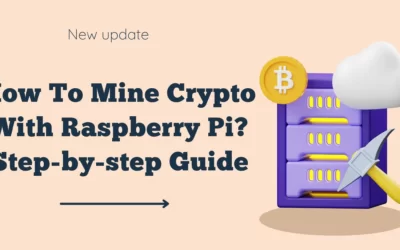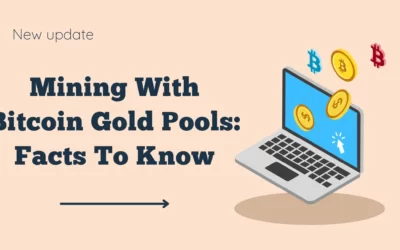The mining output power or hash rates and consequently the rewards are multiplied by a mining rig, which is made up of multiple mining devices. Either GPU or ASIC units that have been pooled together are used to build mining rigs.
Quick View on How To Build A Bitcoin Mining Rig
Step 1: Attach the Motherboard
Step 2: Attach the Processor
Step 3: Install the RAM
Step 4: Attaching the PSU
Step 5: Attaching USB Risers
Step 6: Attaching GPUs
You can build a mining rig for cryptocurrencies using the tutorial that follows. It is designed for people without any prior knowledge of computer construction. The process can be difficult to understand and set up without proper guidance, so here are some essential details to get you started.
What is a Mining Rig?
A mining rig is a piece of hardware that is used to increase the total number of coins that are currently in circulation for any given cryptocurrency. It is a crucial step that makes it possible for cryptocurrencies to function as a P2P network. A governing, third-party, centralized entity is not required thanks to cryptocurrency mining.
What Components Are Required to Build a Mining Rig?
GPUs
As previously mentioned, GPUs are an essential part of any mining rig. The desired hash rate will determine the number of GPUs required. However, for a beginner, one or two GPUs should be adequate.
ASICs
Specifically created devices known as ASICs are used to mine cryptocurrencies. Despite having much higher hash rates than GPUs, they are typically more expensive.
Motherboard
A mining rig is no different from any other computer in that its motherboard serves as its foundation. All of the GPUs that will be used in the rig must be supported by it.
Cpu
Some novice miners opt to mine exclusively with CPUs, which is also conceivable. They must, however, be extremely sophisticated and able to meet mining demands. A fundamental mining rig only needs a low-end or average CPU, like an Intel 8th or 9th generation, when using GPUs.
Ram
Any computer needs random access memory (RAM), which is used to temporarily store data while the computer is operating. A mining rig needs enough RAM to store the data from all of the GPUs it uses.
Power Supply Unit
One of the most vital parts of a mining rig is the power supply unit (PSU). This is necessary because each component of the rig needs a certain amount of power, which the PSU must be able to supply. A good rule of thumb is to purchase a power supply unit (PSU) that can deliver at least twice the amount of power that your system will require. A PSU with a platinum rating of 1200w will typically work well.
Storage
A mining rig needs storage just like any other kind of computer. Hard drives or SSDs are two possible options for this. The amount of data you intend to mine will determine the storage size. Normally, any drive with a capacity of 240 GB or more should work.
Other Requirements
There are a few additional items required in addition to the hardware parts mentioned above to construct a mining rig. These include:
• Mining software such as CGMiner, EasyMiner, or BFGMiner;
• An operating system such as Awesome Miner, Rave OS, or Hive OS;
• A crypto wallet to store your mined coins;
• A riser to elevate your GPU for increased airflow;
• A stable internet connection; and
• a flash drive with a minimum storage size of 5GB.

How to Build a Mining Rig: for Beginners
Verify that the lever holding the socket for your CPU is in the released position. The motherboard should then be set on top of something that will prevent static electricity from affecting it, such as a foam box or an anti-static bag, outside of the mining frame.
Put the motherboard and the processor together. To distinguish between the CPU and motherboard sockets later, mark both of them with a mark. Be careful when connecting the CPU pins to the motherboard as well because they have a tendency to bend easily and harm the entire processor.
It’s very simple to insert a RAM module into a motherboard’s RAM socket. Open the side brackets of the motherboard slot and carefully push the RAM module into the RAM socket. Since the RAM may only lock into the socket in one direction, care must be taken when installing it in the proper orientation.
If the PSU is not securely fastened to the motherboard, the mining rig won’t start. The motherboard slot closest to the processor on the CPU should receive the 8-pin power connector.
These are required to connect the GPUs to the motherboard. They should be inserted into the motherboard’s accessible PCI slots.
Using USB risers, affix the GPUs to the frame. Next, connect the GPUs’ PCI-e 6+2 power connectors. Before starting the mining rig, make sure all the cables are plugged in correctly. It’s ready to begin mining for cryptocurrencies once everything has been plugged in.
Summary: Carefully Follow The Tutorial
You can create your very own mining rig using the tutorial above. Alternate parts can be used in place of each part. But if you carefully follow the tutorial above, you can quickly succeed as a cryptocurrency miner. For first-time mining rig builders, the entire process has been simplified.
FAQ
Can You Build Your Own Bitcoin Miner?
You can construct a computer that can mine cryptocurrencies, but you’ll need particular hardware. The majority of Nvidia graphics cards have mining capabilities. Some, however, might not be quick enough to warrant a purchase for mining purposes.
How Much Bitcoin Does 1 Miner Make?
Ask yourself honestly how much money you can make mining bitcoin in 2022 before investing in your own equipment. Generally speaking, you can earn $30 to $450 per mining device per month if you mine Bitcoin at home.
How Much Does It Cost to Set Up a Bitcoin Mining Rig?
Between $2,000 and $20,000 is the typical price range for an ASIC mining rig. That is a wide range, and it does not accurately reflect the caliber of the product. It’s crucial to realize that there are other considerations to make when purchasing a miner other than the mining rig’s price.
Read More: How Much Does A Bitcoin Mining Rig Cost?
How Long Do Bitcoin Mining Rigs Last?
Even longer periods of time aren’t unheard of, but the typical machine lifespan is three to five years. There is a minimum five-year lifespan expectation for newer models.
